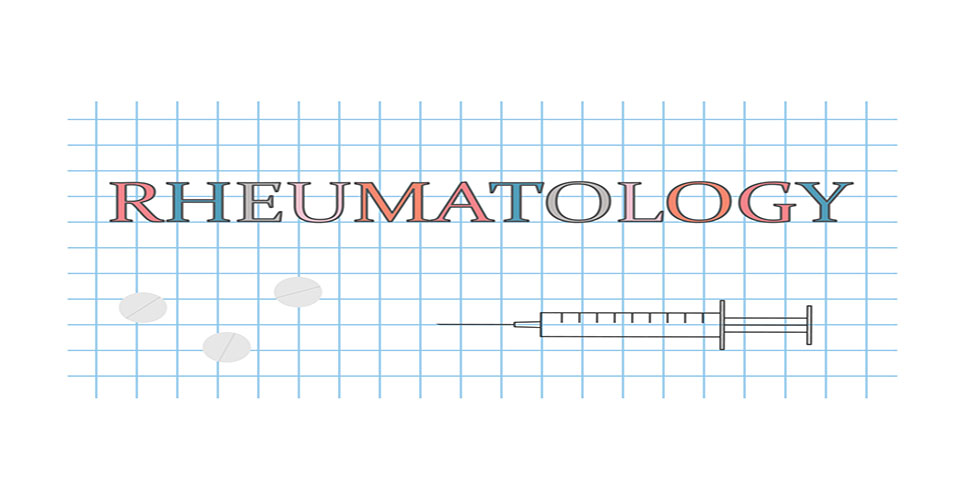teaser
The authors of this study note that randomised controlled trials (RCTs) of anti-TNF agents show high response rates in rheumatoid arthritis (RA), but it has been suggested that this is hardly ever achieved in clinical practice.
They therefore sought to compare the efficacy of anti-TNF agents from RCTs with their efficacy in the DREAM (Dutch Rheumatoid Arthritis Monitoring) cohort (daily clinical practice), with an emphasis on the efficacy for patients eligible and non-eligible for RCTs of anti-TNF treatments.
The authors carried out a systematic review and identified 12 phase III RCTs meeting the inclusion criteria, comparing etanercept (n=5), infliximab (n=2) or adalimumab (n=5) with placebo in the treatment of RA (with or without methotrexate).
The primary efficacy outcome was the percentage of patients with an ACR20 response in the active drug group and the placebo group.
The authors also took data from the DREAM study, which involves a register that was started in 2003 in the Netherlands to prospectively monitor and evaluate the use of anti-TNF in patients with RA.
In order to receive treatment, patients had to meet the following criteria: 1) diagnosis of RA according to ACR criteria; 2) disease activity score (DAS28) >3.2; 3) previous treatment with at least two other anti-rheumatics, including methotrexate, or intolerance to methotrexate.
Patient characteristics, doses of medication and co-medication as well as the ACR20 response percentages were compared between RCTs and DREAM data, stratified for trial eligibility.
The main results were as follows:

• In all but one comparison, the ACR20 response percentages were lower in daily clinical practice than in the RCT active drug group, which was significant in five of 11 comparisons.
The differences in ACR20 response between DREAM and the RCTs ranged from +2.1 (favouring DREAM; one study only) to -44.3%.
• Only 34% to 79% of DREAM patients fulfilled the inclusion criteria for baseline disease activity in the RCTs.
• DREAM patients eligible for RCTs had higher response percentages then ineligible DREAM patients.
ACR20 response percentages of eligible DREAM patients were comparable with the ACR20 response percentages of the RCT active drug group in ten of 11 comparisons.
The authors note several limitations to this study, including the assessment of only 28 joints for their data collection (68 used in most RCTs).
They conclude that their data “confirm the impression that in clinical practice effects of anti-TNF treatment are smaller than in published RCTs. The data indicate that selection towards high disease activity in RCTs is a major explanation for the observed different efficacy”.
Ann Rheum Dis, published online 10/4/2007
